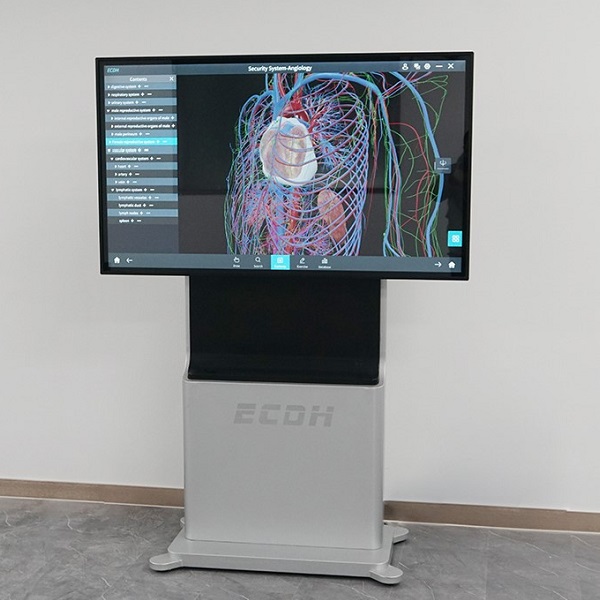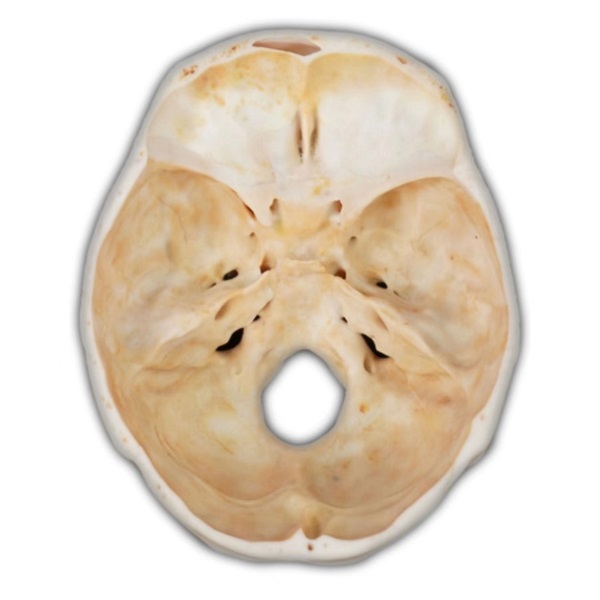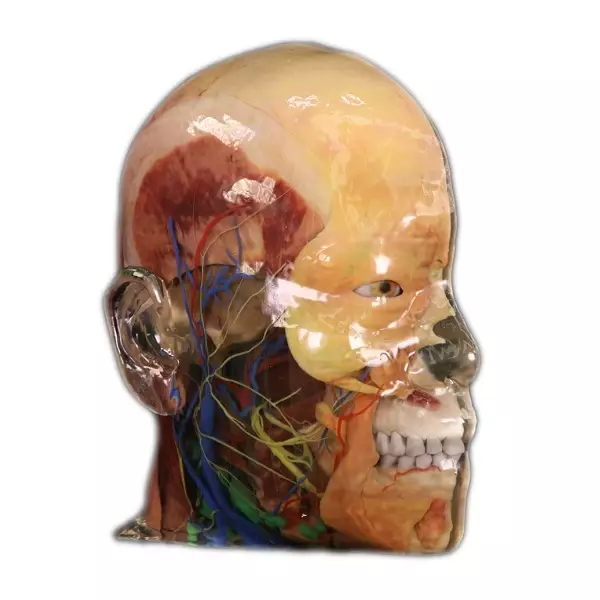
The ar anatomy professional model is a revolutionary tool that has transformed the way medical students learn and understand human anatomy. With its advanced augmented reality technology, this model provides an immersive and interactive learning experience for students.
The Advantages of AR Anatomy Professional Model
The AR anatomy professional model offers several advantages over traditional anatomical models. Firstly, it allows students to visualize and explore the human body in 3D, providing a more realistic representation of anatomical structures. This enhances their understanding of complex concepts and improves retention of knowledge.
Secondly, the interactive features of the AR anatomy professional model enable students to manipulate virtual organs and systems, allowing them to study different perspectives and angles. This hands-on approach promotes active learning and encourages critical thinking skills.
Furthermore, the AR anatomy professional model can simulate various pathological conditions, enabling students to observe disease processes in real-time. This helps bridge the gap between theoretical knowledge and clinical practice by providing practical insights into medical diagnoses and treatments.
DIGIHUMAN: The Future of Anatomical Models
DIGIHUMAN is a leading provider of cutting-edge digital anatomical models that incorporate augmented reality technology. Their range includes highly detailed virtual representations of human bodies with accurate organ systems.
By utilizing state-of-the-art scanning techniques, DIGIHUMAN creates lifelike avatars that can be manipulated using specialized software or viewed through compatible devices such as smartphones or tablets. These digital models offer unparalleled realism while maintaining portability and accessibility for medical education purposes.
Click anatomy model for medical students.
Anatomy Model for Medical Students: Enhancing Learning Outcomes
Anatomy models specifically designed for medical students have long been used as essential tools in teaching institutions worldwide. These physical models provide a tangible representation of the human body, allowing students to practice dissection techniques and understand anatomical relationships.
However, traditional anatomy models have limitations in terms of cost, maintenance, and availability. The introduction of AR anatomy professional models addresses these challenges by providing an affordable alternative that can be accessed remotely. This ensures that all medical students have equal opportunities for learning and skill development.
Conclusion

The AR anatomy professional model has revolutionized medical education by offering an immersive and interactive learning experience. Its advantages over traditional anatomical models, such as enhanced visualization, interactivity, and simulation capabilities, make it a valuable tool for medical students. Combined with advancements from companies like DIGIHUMAN in creating digital anatomical models, the future of medical education looks promising with improved accessibility and effectiveness.
